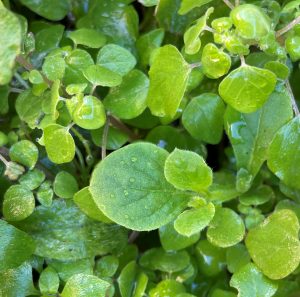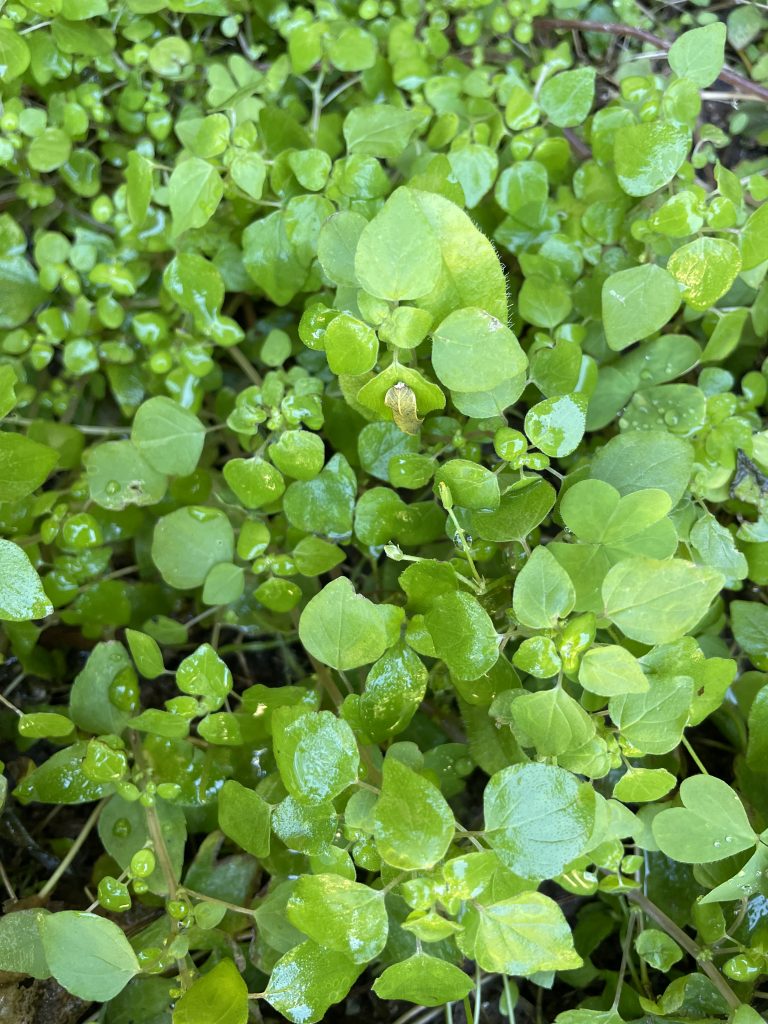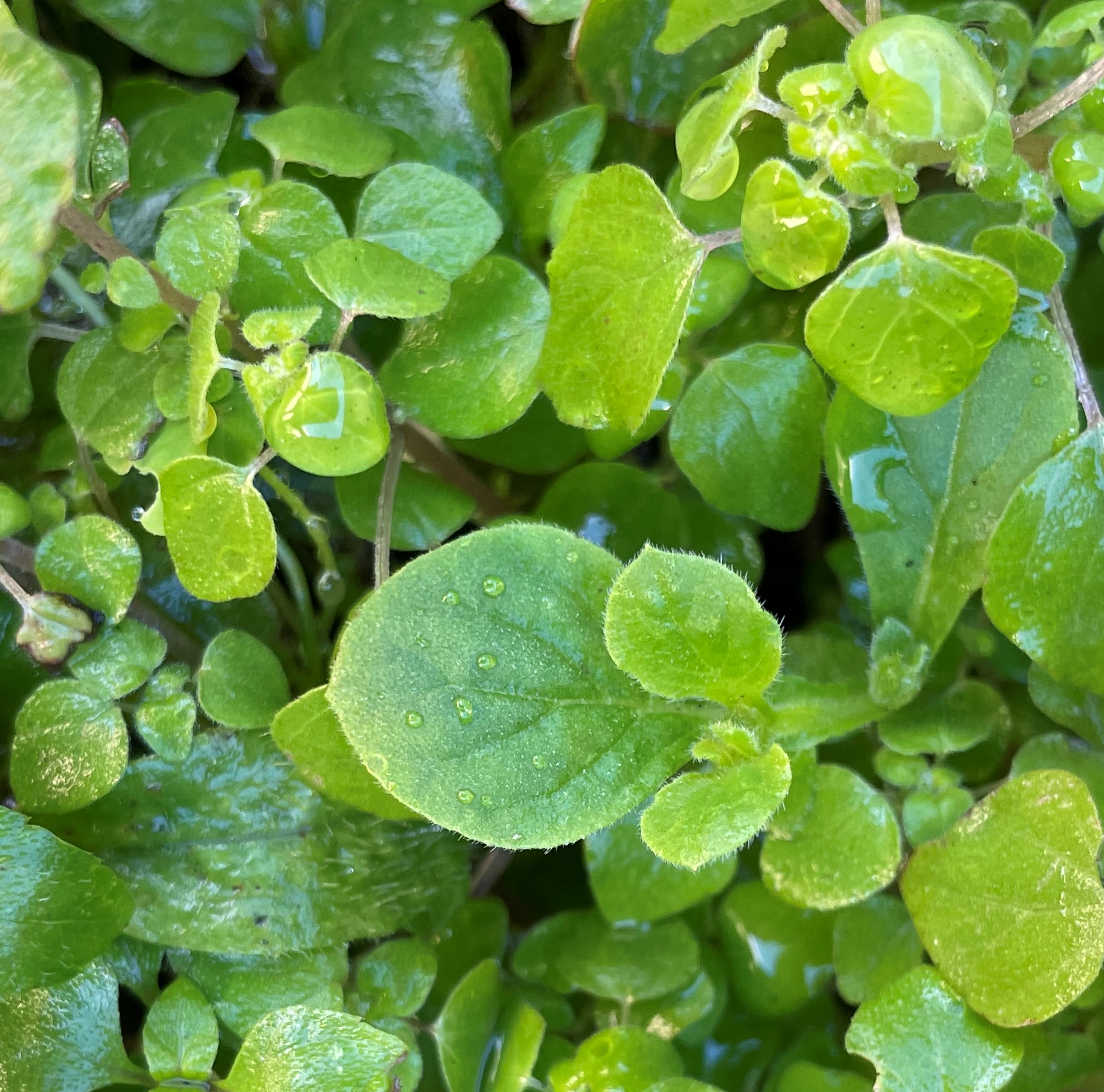
Native annuals are beginning to appear, like Pennsylvania pellitory, a benign, unassuming plant that doesn’t seem to do anything except exist. It’s a plant that once you see it and hear its name, you don’t have to remember it because it’s just always there, ready to be enunciated.
Pennsylvania pellitory, like its alliterative eight-syllabic moniker that tumbles off the tongue with the freedom of a summer summersault, shifts and stretches from a shallow taproot in polygamous colonies, fair covering a moist shaded landscape in silent sways, making its appearance in January and February.
Alliteration is fun — a literary device that reflects repetition in two or more nearby words, like Lois Lane, Daffy Duck, Pennsylvania pellitory. Alliteration can create emphasis, attention, significance and importance in poetry, prose or speech. It makes written work melodious, interesting, and musical, creating flow, impact, feeling, mood, balance, rhythm, discord and harmony in the mind of the reader.
Alliteration is a subliminal memory tool. The sing-song repetition of similar sounding words is a powerful device that allows the brain to remember phrases and concepts even if they are somewhat dissonant ideas.
Marketers use alliteration for brand memory to engage customer recall at point of purchase opportunities – think Coca-Cola, Krispy Kreme . . . . Pennsylvania pellitory’s professional name is just as lyrical and melodic: Parietaria pensylvanica, silently emulating the undulating swell and ripple of a gentle seaside surf.
The plant reflects its two alliterative names in its layers of small repetitious deltoid-shaped leaves that seem to be cut by the same cookie cutter in varying sizes. A deltoid is the shape of the Greek letter delta; the Pennsylvania pellitory leaf is not round as it first appears; nor is it heart shaped, but more the shape of the highest-ranking suit in a classic deck of cards: the spade — in brilliant colors of jade.

The plant grows on slender succulent-like stems that grow upright and then fall over, lengthening as they travel along the ground. The plants bloom in winter and spring, but you’ll be hard-pressed to notice the tiny green flowers.
The author, Delena Tull, in Edible and Useful Plants of the Southwest, Texas, New Mexico, and Arizona, revised edition; University of Texas Press, Austin, pgs138-139, invites readers to “try a nibble of the small leaves and juicy stems of Parietaria (Pellitory, Parietaria species). Though not related to the cucumber, the flavor of this tiny herb comes close to that of the garden cucumber. The herb provides a refreshing addition to salads (Fleming 1975; Scooter Cheatham, interview, September 1984).” Tull prefers the plant fresh, saying it becomes bland when used as a cooked green.
I caution anyone tempted to eat from the wild because of unknown allergies or sensitivities. As for a pretty plant to pervade a void, Pennsylvania pellitory fills the bill.


Leave a Reply